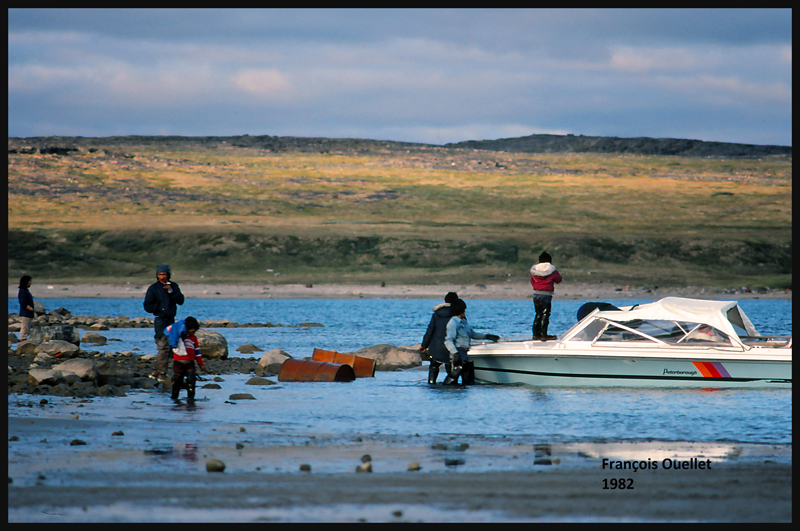
This book is sure to please fans who can understand French and true stories. “In pursuit of the Thunder – the story of the longest naval chase of all time” quickly hooks us, especially since it is a first in maritime history. The authors of this investigative story are two experienced journalists by the name of Eskil Engdal and Kjetil Saeter.
The information they were able to collect through multiple interviews around the world allows the reader to better understand what hides behind the theft of fishery resources in Antarctica.
This illegal fishing is a big business where the mafia, especially Spanish, does not hesitate to order the cutting of fishing nets or simply to sink a trawler to prevent the obtaining of evidence. Click on the link for a video of this maritime accident.
The chase takes place in inhospitable waters and spans several months and over 15,000 kilometers as we follow the stories of several members of the chase team as well as the illegal fishermen.
The authors discuss the squandering of resources, the lax legislation regarding illegal fishing in international waters, the methods that criminals use to remove a boat’s registration from the registers, the lack of political courage at the international level, the omerta that reigns in the villages where illegal fishermen operate, money laundering and modern slavery.
The Thunder’s captain does everything in his power to escape the pursuers. This escape leads him to sail in very risky areas through passages almost blocked by ice, hoping that the smaller pursuing ship will not dare to venture on the same route. He also steers his trawler into areas where strong waves risk sinking the pursuing ship.
Captain Peter Hammerstedt of the pursuit ship Bob Barker does not back down from any obstacle that stands in his way during the chase. He shows a determination that infuriates the Thunder’s crew and lead them to make mistakes.
The ecological thriller Chasing the Thunder was screened in 2019 at the World Biodiversity Conference.
In March 2023, more than 100 countries signed a treaty on high seas diversity, after 15 years of effort. Greenpeace welcomed the treaty, but demands that it be translated into action…
Reading this book alone will awaken the reader to many previously under-reported aspects of illegal fishing on the high seas, all in the context of a hunt unique in the history of maritime shipping.
Click on the links for other books on the environment, geopolitics, tragedies at sea or controversial issues on my blog.
Title: À la poursuite du Thunder
Authors: Eskil Engdal and Kjetil Saeter
© Actes Sud, 2021 for the French translation
ISBN: 978-2-330-14724-2
